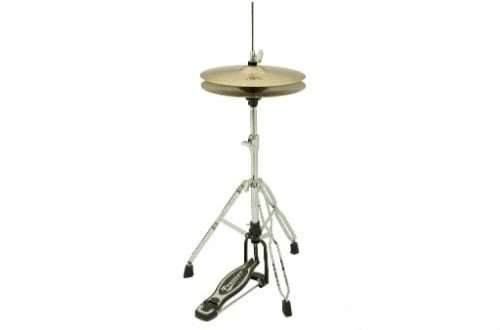The most famous works for violin
In the hierarchy of musical instruments, the violin occupies the leading level. She is the queen in the world of real music. Only a violin can, through its sound, convey all the subtleties of the human soul and its emotions. She can radiate childlike joy and mature sadness.
Many composers wrote solo works for violin in moments of mental crisis. No other instrument can fully express the depth of experience. Therefore, performers, before playing outstanding works for the violin at concerts, must have a very clear understanding of the composer’s inner world. Without this, the violin simply will not sound. Of course, sounds will be produced, but the performance will lack the main component – the soul of the composer.
The rest of the article will provide a brief overview of the magnificent works for violin by such composers as Tchaikovsky, Saint-Saëns, Wieniawski, Mendelssohn, and Kreisler.
P.I. Tchaikovsky, concert for violin and orchestra
The concert was created in the second half of the 19th century. Tchaikovsky at that time had just begun to emerge from a protracted depression caused by his marriage. By this time, he had already written such masterpieces as the First Piano Concerto, the opera “Eugene Onegin” and the Fourth Symphony. But the violin concerto is strikingly different from these works. It is more “classical”; its composition is both harmonious and harmonious. The riot of fantasy fits within a strict framework, but, oddly enough, the melody does not lose its freedom.
Throughout the concert, the main themes of all three movements captivate the listener with their plasticity and effortless melody, which expand and gain breath with each measure.
https://youtu.be/REpA9FpHtis
The first part presents 2 contrasting themes: a) courageous and energetic; b) feminine and lyrical. The second part is called Canzonetta. She is petite, light and thoughtful. The melody is built on echoes of Tchaikovsky’s memories of Italy.
The finale of the concert bursts onto the stage like a swift whirlwind in the spirit of Tchaikovsky’s symphonic concept. The listener immediately imagines scenes of folk fun. The violin depicts enthusiasm, daring and vitality.
C. Saint-Saens, Introduction and Rondo Capriccioso
The Introduction and Rondo Capriccioso is a virtuosic lyric-scherzo work for violin and orchestra. Nowadays it is considered the calling card of the brilliant French composer. The influences of the music of Schumann and Mendelssohn can be heard here. This music is expressive and light.
G. Wieniawski, Polonaises
Wieniawski’s romantic and virtuosic works for violin are very popular among listeners. Every modern violin virtuoso has works by this great man in his repertoire.
Wieniawski’s polonaises are classified as virtuoso concert pieces. They show the influence of Chopin. In the polonaises, the composer expressed the temperament and scale of his performing style. The music paints in the listeners’ imagination sketches of festive fun with a solemn procession.
F. Mendelssohn, Concerto for violin and orchestra
In this work the composer showed all the genius of his talent. The music is distinguished by scherzo-fantastic and plastic song-lyrical images. The concert harmoniously combines rich melody and simplicity of lyrical expression.
Parts I and II of the concert are presented with lyrical themes. The finale quickly introduces the listener into the fantastic world of Mendelssohn. There is a festive and humorous flavor here.
F. Kreisler, waltzes “The Joy of Love” and “The Pangs of Love”
“The Joy of Love” is light and major music. Throughout the entire piece, the violin conveys the joyful feelings of a man in love. The waltz is built on two contrasts: youthful pride and graceful female coquetry.
“Pangs of Love” is very lyrical music. The melody constantly alternates between minor and major. But even joyful episodes are presented here with poetic sadness.



